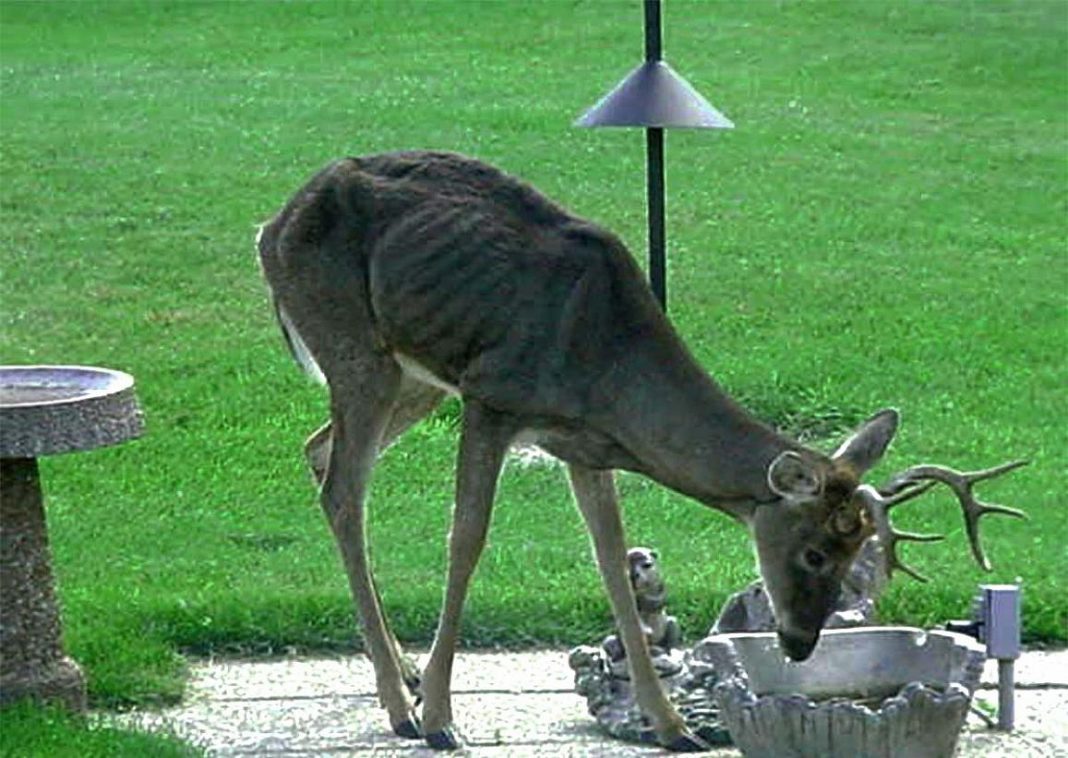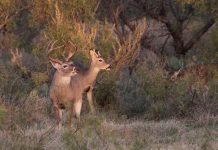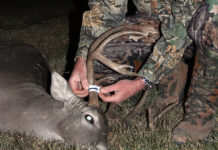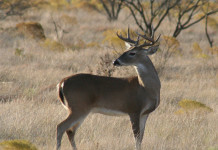Chronic wasting disease has become a hot-button topic across the country, with more deer coming down with the fatal disease across whitetail hot beds in the Midwest.
However, Texas has yet to see the same effect as other areas, including Wisconsin and Michigan, thanks in large part to the vigilance of testing by the Texas Parks & Wildlife Department. TPWD reported that it had surpassed its statewide goal of 6,735 CWD samples, collecting 10,421 between March 1, 2018, and Feb. 28, 2019.
That testing included multiple varieties of samples, including from road kill, deer processors, private ranches, wildlife management areas and state parks, and voluntary and mandatory hunter harvest check stations. Species other than whitetails and mule deer that have been tested include axis deer, fallow deer, red stag, sambar deer, sika, and elk. TPWD does note that there is no evidence that axis, fallow and sambar deer are susceptible to this disease.
TPWD previously enacted a containment zone near the San Antonio area after positive samples came back from whitetail breeding operations and release sites in that area. The agency also enacted containment zones in the Trans-Pecos and Panhandle regions after mule deer were discovered to harbor CWD. Biologists note that there has been no reported spread beyond those zones during the past year.
Among the 75 CWD positives detected in Texas this past season, 55 were from penned deer in a breeding facility where biologists already knew the disease existed, and seven were from deer breeder release sites adjacent to CWD-positive deer breeding facilities, according to TPWD officials. Five free-ranging mule deer in the Trans-Pecos containment zone and two free-ranging mule deer and three white-tailed deer in the Panhandle containment zone were also found to be positive, TPWD reported.
“The jump in the number of CWD positives in these particular pen deer is directly correlated to sampling of a large number of deer in one facility where we’ve known about the existence of this disease for the past three years,” said Dr. Bob Dittmar, TPWD wildlife veterinarian, in a prepared statement. “This is likely a symptom of allowing deer to remain in a positive facility, but fortunately, there has not been an increase in the number of CWD-positive facilities.”
There also was confirmation of CWD in a pair of free-ranging whitetail bucks within the containment zone located in parts of Medina, Uvalde and Bandera counties, west of San Antonio, TPWD noted.
TPWD has details about each positive CWD case in Texas on its website.
While testing and containment zones continue to prove adequate at keeping CWD at bay in the Lone Star State, the Texas Parks & Wildlife Commission will consider rule-making on a proposed expansion of Containment Zone 3 in Medina, Uvalde and Bandera counties at its May 22 public hearing. That came about after the discovery of CWD in a free-ranging whitetail buck harvested on a low-fence property in December near the boundary of the containment zone. Because of various factors, including deer movements and barriers to deer movements (e.g., high fences) in this particular geographic region of the state, wildlife officials determined that CZ 3 should be enlarged, officials noted.
The other free-ranging whitetail buck from CZ 3 that tested positive was an 8 ½-year-old deer harvested within a high-fenced property. At present, CWD has not been detected outside the current containment zones.
“The more effective we are at containing this disease within a limited geographic area, the better it will be for our wildlife resources and all those who enjoy them,” Dittmar said. “We want to thank the Texas hunting community for its strong support of our management efforts; we cannot combat the spread of CWD without it.”
The state’s wildlife disease management response, developed by TPWD in collaboration with the Texas Animal Health Commission, focuses on an early detection and containment strategy designed to limit the spread of CWD from the affected area and better understand the distribution and prevalence of the disease.
Since 2012, Texas has recorded 144 CWD positives, 108 of which are connected to deer breeding facilities and release sites, TPWD officials reported.





















